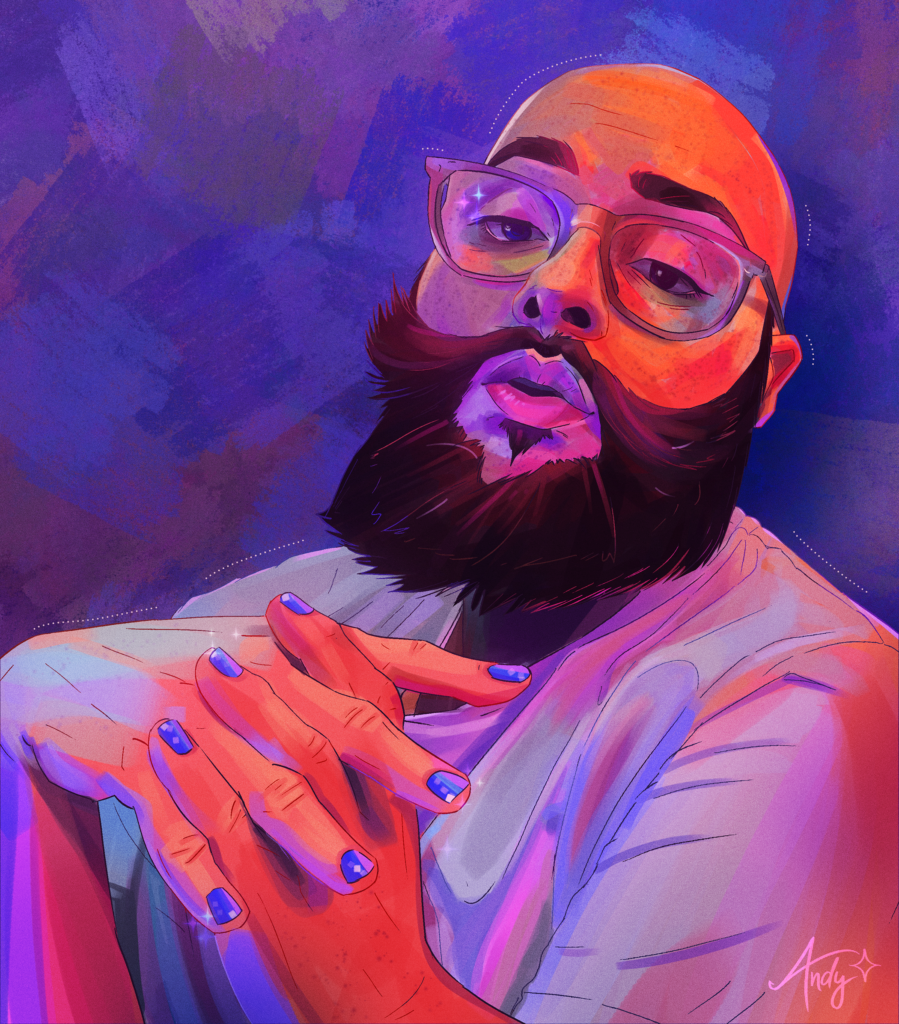
How did you get your start in animation?
I started as an intern at Cartoon Network’s Adventure Time. After fitting my senior year of college into one semester, I flew back from Maryland to California to start my animation journey as a production assistant on the same show.
What challenges have you faced in your career?
As I continued my career in animation, I realized that a lot of people are generally for LGBTQIA+ people and rights—but they’re very ignorant and uncomfortable with how we express ourselves. I had to find (and continue to find) ways I can express myself and my gender expression that didn’t put me in a bad or “combative” light. Of course, I did fight for myself, and I continue fighting for others in my community.
Do you have a favorite career achievement so far?
I have a few. I have a certificate of recognition for being on Emmy-winning shows like Adventure Time and Samurai Jack. I’m thrilled to be in a spot in my career where I can help my community and foster growth for those who don’t have immediate access to resources. I love the color design work I’ve contributed to Summer Camp Island, Amphibia, and other shows and shorts along the way.
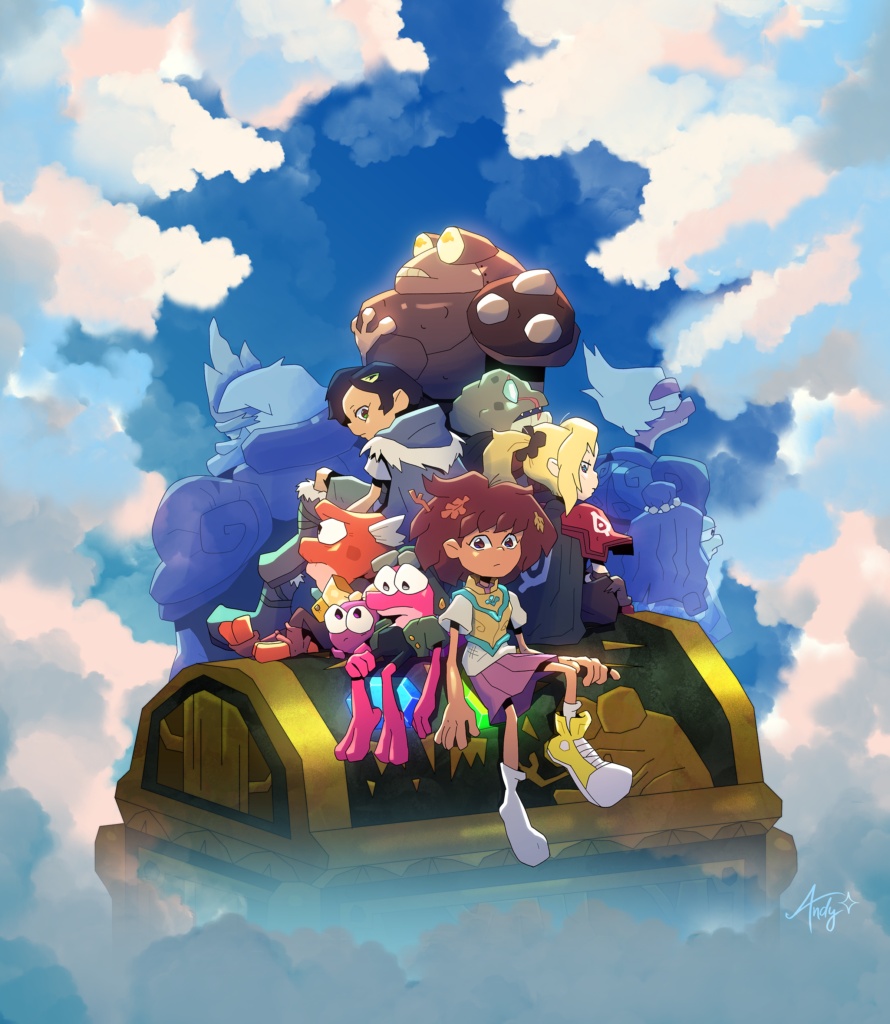
What led you to co-found the Queer TAG Committee?
Colleagues and friends in animation noticed that there was no committee that could represent the LGBTQIA+ people and voices of our Guild. I had talked about this with a close friend of mine who had heard a similar sentiment from other queer friends of his, and so he put us in contact with one another. We got together and put out a call to our community to gather with other queer/trans Guild members who expressed interest in forming a committee and just started talking about how we could organize it.
What are your most important goals as chair of the committee?
As of right now in this pandemic and quarantine landscape, my most important goal is to gather our community and to be sure to bring [a sense of] belonging to one another. Not everyone’s living situation is healthy, and a lot of times people must live in a place that does not affirm and witness their truth and personhood. Bringing everyone together in a carefully curated space where we can focus on uplifting voices and affirming people’s identities is very important to me during this time. I’m also working closely with the committee and my co-chair to bring changes and improvements to LGBTQIA+ people who are [already] in and coming into the ever-growing industry.
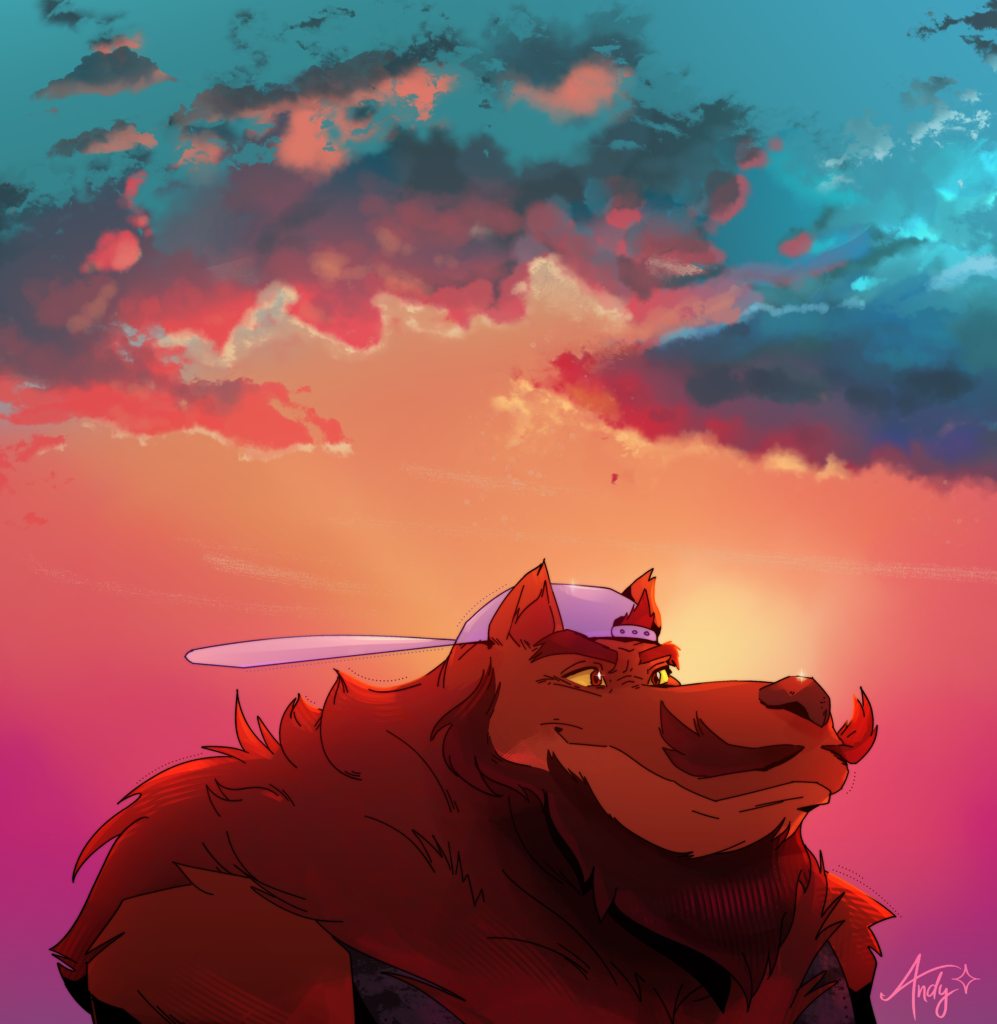
What changes do you hope to see in the animation industry for its LGBTQIA+ members?
I hope to see genuine storytelling from LGBTQIA+ people where these stories are not sanitized voices and images, but rather a raw and honest view of the community. I want queer/trans stories written by those in the community for those in the community. I want to see our LGBTQIA+ members grow and sustain career opportunities, being paid as much or more than their cis-hetero white male counterparts. I want to see that we are actively highlighting voices and people who need to be heard.
What do you hope to achieve as an artist in the animation industry?
I want to create stories—queer stories! Ever since my internship I’ve pitched cartoon stories to studios. I learn more and more about every part of the animation process: pre-production, writing, script format, story structure, voice acting, organization of information, management skills, design, paint, post-production, mixing, visual FX, HR, Union matters, etc. I’m always trying to learn how to be an advocate for every step of production so that all parts of the pipeline are able to work with as much care and diligence as they can and need.
I want to be able to run a show that speaks loudly and radically for the change and ideals I want to see in stories. I don’t want to necessarily be remembered as a person, but rather I hope to give someone who was young, lost, and confused in their identity something to hold on to. Something that says, “You’re not alone, and you’ll find your place.” I want to share my story so others like me can be seen and so queer stories can be authentically actualized and produced.
Discover more of Garner-Flexner’s work at his website.
Follow him on Instagram and Twitter.
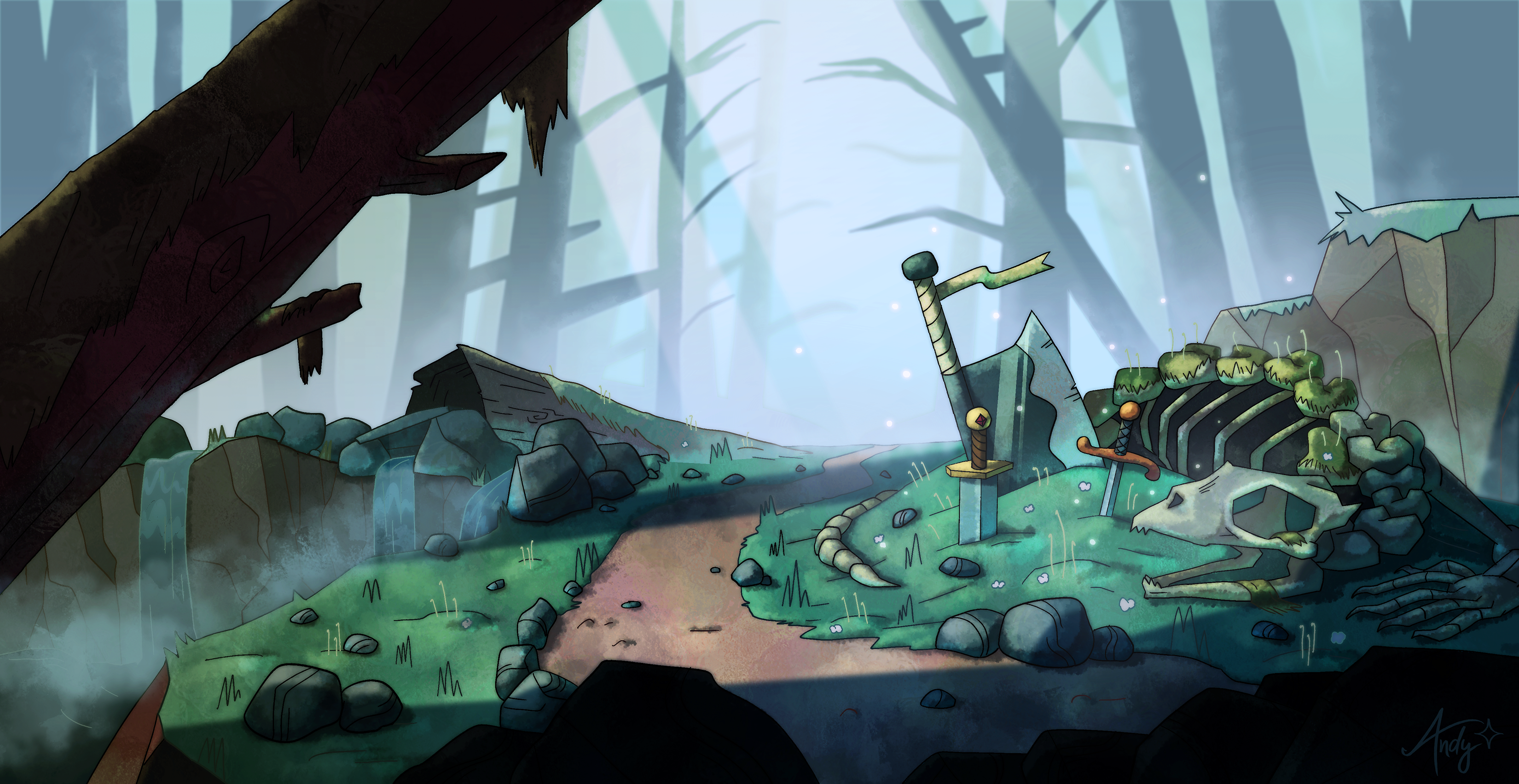
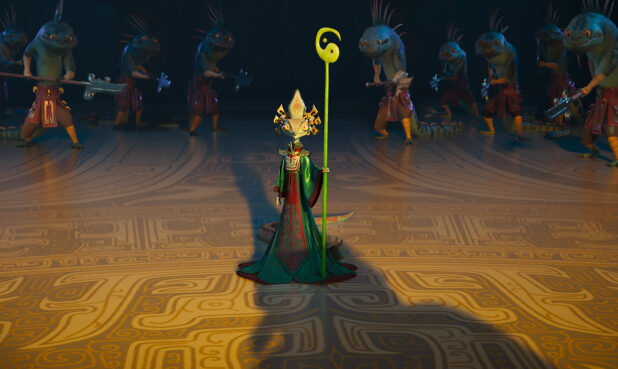
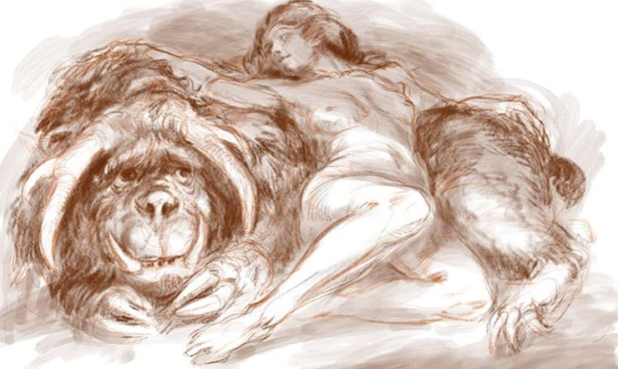
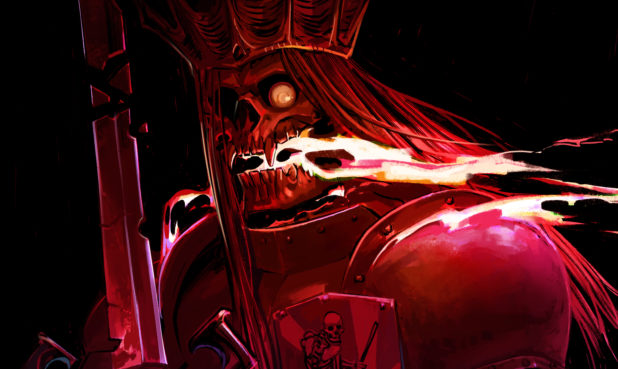
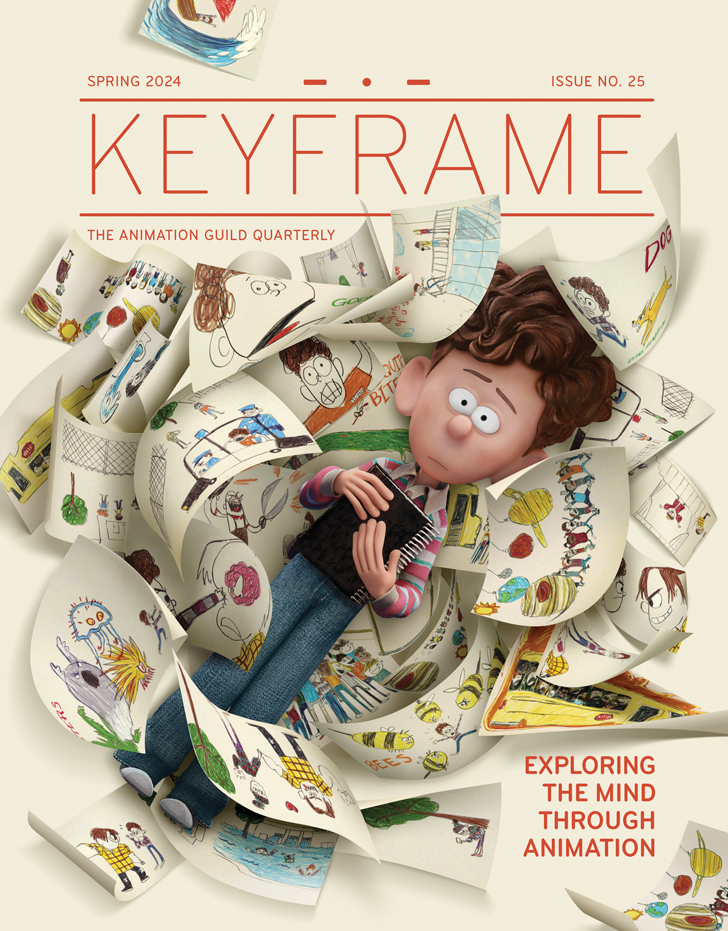
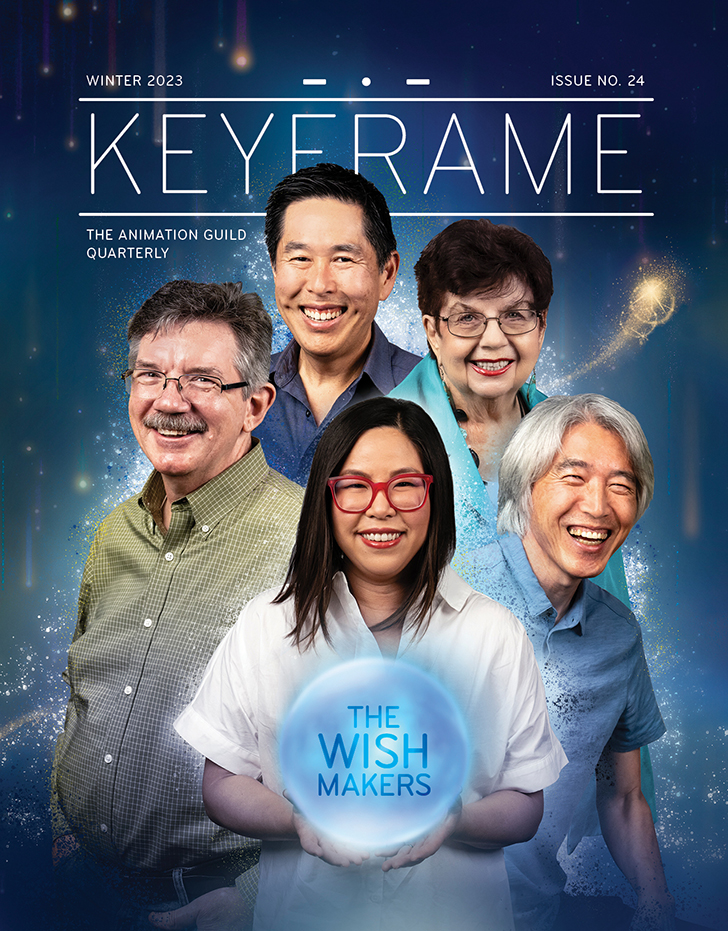
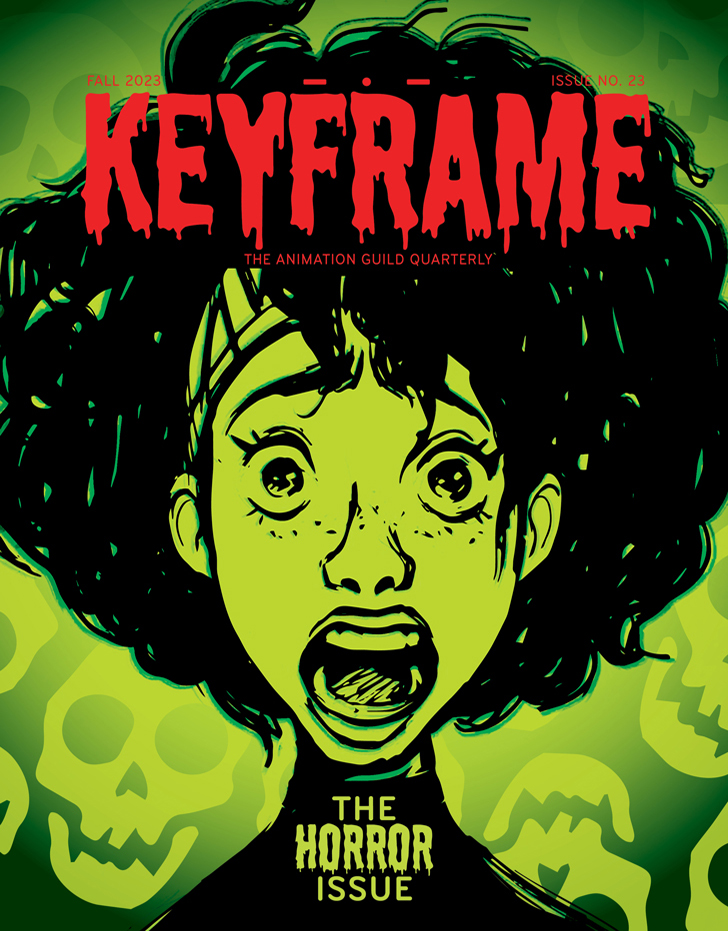
.png)